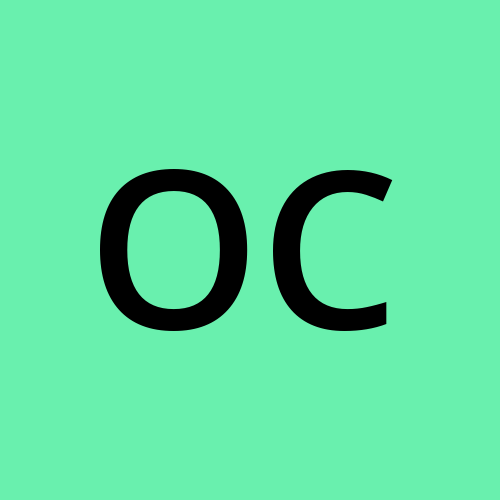Prevent Hotlinking: Protecting Your Content and Bandwidth
 olivere clintont
olivere clintontIn the digital landscape, content creators invest significant time and effort into producing compelling material, be it images, videos, or written content. However, one persistent challenge they face is hotlinking – the unauthorized use of their content by other websites. Hotlinking not only infringes on intellectual property rights but also poses bandwidth and performance issues for the original content host. In this article, we delve into the concept of hotlinking and explore effective methods to prevent it.
Understanding Hotlinking
Hotlinking, also known as inline linking or remote linking, occurs when a website directly embeds or links to content (images, videos, etc.) hosted on another server. Instead of uploading the content to their own server, the website owner simply uses the URL of the original content. When a visitor accesses the hotlinking website, their browser requests the content from the original server, consuming bandwidth and resources without permission.
The Impact of Hotlinking
Hotlinking can have several negative consequences for content creators:
Bandwidth Drain: Hosting providers often charge for bandwidth usage. Hotlinking can lead to increased bandwidth consumption, resulting in higher hosting costs for the content creator.
Reduced Performance: When multiple websites hotlink to the same content, it puts a strain on the original server, potentially leading to slow loading times or server crashes.
Loss of Control: Content creators lose control over how their content is displayed and where it appears. This can dilute branding efforts and compromise the integrity of the content.
Methods to Prevent Hotlinking
Fortunately, several methods can help mitigate the risks associated with hotlinking:
Modify .htaccess File: For websites hosted on Apache servers, adding rules to the .htaccess file can prevent hotlinking. This involves configuring the server to block requests from unauthorized domains or to redirect requests to an alternative image.
rubyCopy codeRewriteEngine on RewriteCond %{HTTP_REFERER} !^$ RewriteCond %{HTTP_REFERER} !^http://(www\.)?yourdomain.com/.*$ [NC] RewriteRule \.(gif|jpg|jpeg|bmp|zip|rar|mp3|flv|swf|xml|php|png|css|pdf)$ - [F]Use Content Delivery Networks (CDNs): CDNs like Cloudflare or Amazon CloudFront offer hotlink protection features. By configuring the CDN settings, you can restrict access to content based on referrer headers or create custom rules to prevent unauthorized hotlinking.
Watermarking: Adding visible or invisible watermarks to images and videos can deter hotlinking. Watermarks serve as a visual identifier of ownership and discourage others from using the content without permission.
Implement Permissions and Licensing: Clearly state the terms of use for your content, including whether or not hotlinking is allowed. Providing embed codes with proper attribution can encourage legitimate sharing while discouraging unauthorized use.
Regular Monitoring: Regularly monitor your website's analytics and server logs to identify any unusual spikes in bandwidth usage or unauthorized hotlinking. This allows for timely intervention to prevent further misuse.
Conclusion
Hotlinking poses significant challenges for content creators, ranging from increased hosting costs to potential performance issues. Implementing preventive measures such as modifying .htaccess files, leveraging CDNs, watermarking, and establishing clear usage permissions can help safeguard against unauthorized hotlinking. By taking proactive steps to protect their content, creators can maintain control over their intellectual property and ensure a seamless online experience for their audience.
Subscribe to my newsletter
Read articles from olivere clintont directly inside your inbox. Subscribe to the newsletter, and don't miss out.
Written by
